Most Popular
Eye Plus
[Eye Plus] Royal attire, art of exquisite handicraft and powerful symbols
By Bae HyunjungPublished : Jan. 31, 2019 - 17:45
Throughout various dynasties, Korea’s royals considered their garments not as functional daily necessities but rather as symbols of authority and expressions of courtesy, as well as the highest level of contemporary craftsmanship.
“When it comes to royal and noble attire, every detail was designed to reveal the wearer’s social rank and power at a single glance,” said Choi Jeong, professor at Wonkwang University’s Department of Fashion Design and Apparel Industry.
“This is why we need to refer to a variety of historical materials, ranging from Buddhist paintings, rules of decorum, to royal archives in order to properly re-create the formalities and shape of the attire.”
Court suits of the Emperor and Empress of the Korean Empire at the turn of the 20th century or formal dresses of a noble lady in the 10-14th century Goryeo Dynasty -- reproductions of which exist at Seolkyoung Royal Attire Cultural Center in Jongno, central Seoul -- show the finest level of dyeing and needlework available at the time.
While full-flowing skirts and wide sleeves offer plenty of room for complicated patterns and colors, underwear was cut to fit the wearer’s body size with complete accuracy.
The most splendid clothes were the formal dresses of the Joseon Dynasty queens, who wore six layers of underwear in order to exaggerate their skirt silhouette and make their upper bodies look relatively slim.
“When it comes to royal and noble attire, every detail was designed to reveal the wearer’s social rank and power at a single glance,” said Choi Jeong, professor at Wonkwang University’s Department of Fashion Design and Apparel Industry.
“This is why we need to refer to a variety of historical materials, ranging from Buddhist paintings, rules of decorum, to royal archives in order to properly re-create the formalities and shape of the attire.”
Court suits of the Emperor and Empress of the Korean Empire at the turn of the 20th century or formal dresses of a noble lady in the 10-14th century Goryeo Dynasty -- reproductions of which exist at Seolkyoung Royal Attire Cultural Center in Jongno, central Seoul -- show the finest level of dyeing and needlework available at the time.
While full-flowing skirts and wide sleeves offer plenty of room for complicated patterns and colors, underwear was cut to fit the wearer’s body size with complete accuracy.
The most splendid clothes were the formal dresses of the Joseon Dynasty queens, who wore six layers of underwear in order to exaggerate their skirt silhouette and make their upper bodies look relatively slim.









Photos by Park Hyun-koo
Written by Bae Hyun-jung









![[Today’s K-pop] BTS pop-up event to come to Seoul](http://res.heraldm.com/phpwas/restmb_idxmake.php?idx=644&simg=/content/image/2024/04/17/20240417050734_0.jpg&u=)
![[Graphic News] More Koreans say they plan long-distance trips this year](http://res.heraldm.com/phpwas/restmb_idxmake.php?idx=644&simg=/content/image/2024/04/17/20240417050828_0.gif&u=)


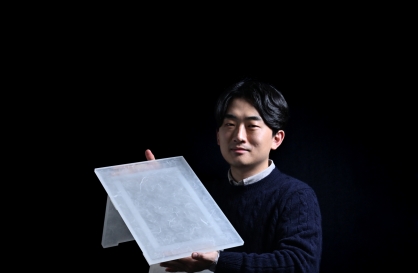
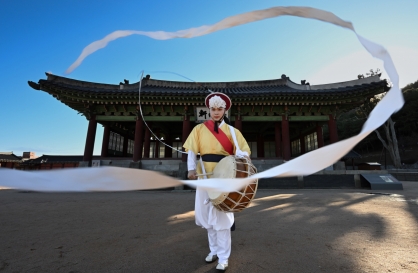
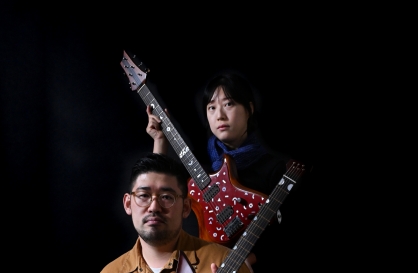
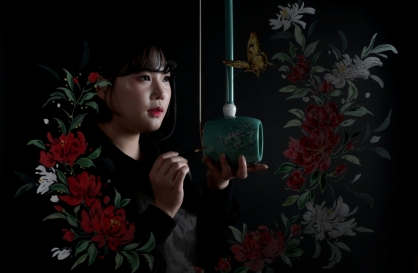
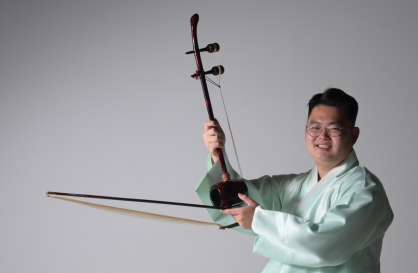




![[KH Explains] Hyundai's full hybrid edge to pay off amid slow transition to pure EVs](http://res.heraldm.com/phpwas/restmb_idxmake.php?idx=652&simg=/content/image/2024/04/18/20240418050645_0.jpg&u=20240419100350)

